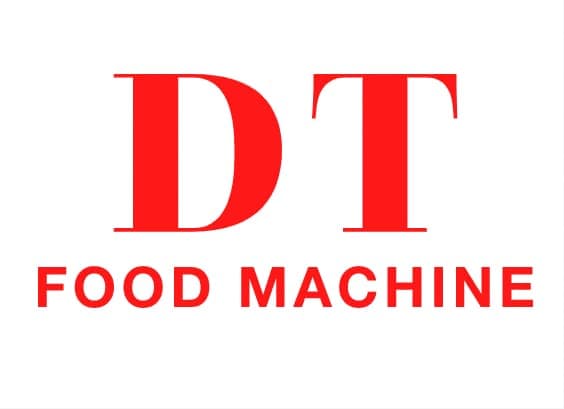Peanut butter is one of the world’s most loved spreads, found on breakfast tables and used in recipes around the globe. Making peanut butter used to be a slow, manual task — but with modern peanut butter making machine, the process is now fast, فعال, and scalable. Whether for home use, small business, or industrial food processing, these machines bring high-quality peanut butter production within reach.
في هذه المقالة, we will explore what a peanut butter making machine is, how it works, the various types available, and a special section on the peanut butter production line for large-scale manufacturing. The goal is to help you understand the full process and choose the right equipment for your needs.
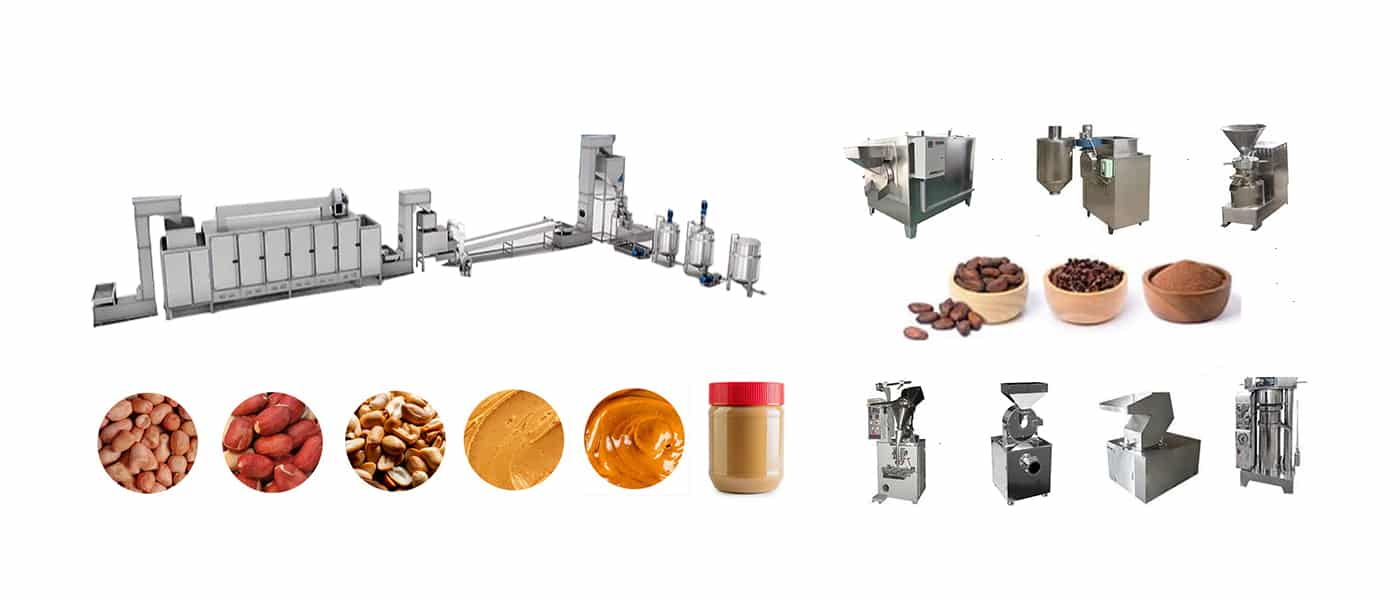
What Is a Peanut Butter Making Machine?
أ peanut butter making machine is a device that grinds roasted peanuts into a smooth or chunky paste known as peanut butter. It is also referred to by other names like:
- Groundnut paste machine
- Nut butter grinder
- Peanut grinder
- Colloid mill (in industrial models)
The basic function is to crush peanuts into a fine paste using mechanical force — typically through rotating grinding discs, gears, or blades. Some machines allow for texture adjustments and temperature control to improve the taste, تناسق, and shelf life of the final product.
These machines come in various sizes, from handheld devices to large stainless-steel industrial machines used in food processing plants.
Working Principle of a Peanut Butter Grinder
أ peanut butter making machine operates using a simple but effective grinding system. The core principle is shearing and grinding, where the peanuts are crushed and emulsified into a paste. Here’s the basic workflow:
- Feeding Hopper: Peanuts are fed into the machine through a top hopper.
- Grinding Chamber: The peanuts pass through a fast-rotating mechanism—usually discs or gears.
- Shearing & Emulsification: The force grinds the nuts, while emulsifiers (if used) help stabilize the paste.
- Discharge Port: Finished peanut butter is released, ready for packing.
Higher-end machines can also heat or cool the mixture during grinding to preserve quality and enhance flavor.
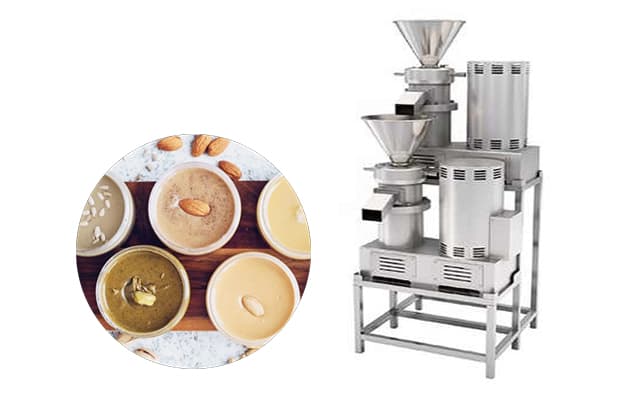
Types of Peanut Butter Making Machines
Peanut butter machines are classified based on size, usage, and power source. Let’s explore the common types:
1. Manual Peanut Butter Grinder
Best suited for small-scale, home kitchens, or off-grid locations. It requires hand operation and is very basic.
Pros:
- Cheap and portable
- No electricity required
- Easy to use
Cons:
- Labor-intensive
- Low capacity
- Inconsistent texture
2. Electric Nut Butter Machine
This is the most common type for home and small business use. It uses an electric motor to automate the grinding process.
Pros:
- Smooth, fast grinding
- Adjustable texture settings
- Suitable for multiple nut types
Cons:
- Needs electricity
- Moderate cost

3. Commercial Peanut Butter Machine
Used by small to medium-sized enterprises like cafes, nut butter brands, or farms. These grinders often include stainless steel parts, heat-resistant bodies, و larger motors.
Pros:
- High volume output (20–100 kg/hr)
- Durable and long-lasting
- Suitable for continuous operation
Cons:
- Higher upfront cost
- Needs regular maintenance
4. Industrial Colloid Mill
For food factories or large-scale operations, ال industrial peanut butter machine forms the backbone of the peanut butter production line. These are heavy-duty colloid mills built for 24/7 operation and massive production.
Pros:
- Processes hundreds of kg per hour
- Built-in cooling/heating
- Precise control over output
Cons:
- Expensive
- Requires trained staff
- Needs regular servicing
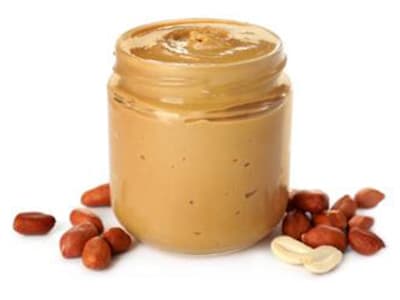
Key Features of Peanut Butter Machines
When choosing a machine, keep these important features in mind:
- مادة: Food-grade stainless steel for hygiene and durability
- Motor Power: Higher wattage means faster and more reliable grinding
- سعة: Choose a machine based on your daily production needs
- Texture Settings: Machines with texture control allow you to make both creamy and chunky peanut butter
- Temperature Control: Heat-sensitive grinding improves shelf life
- Easy Cleaning: Machines should be easy to disassemble and wash
خط إنتاج زبدة الفول السوداني
For factories or high-output businesses, أ peanut butter production line is the most efficient solution. This line includes all the equipment needed to produce, grind, and package peanut butter in large quantities.
Components of a Peanut Butter Production Line:
- Peanut Roasting Machine
- Roasts peanuts evenly to bring out aroma and flavor.
- Cooling Conveyor
- Cools roasted peanuts for further processing.
- Peanut Peeling Machine
- Removes skins quickly and efficiently.
- Peanut Butter Grinder (Colloid Mill)
- Core unit for grinding into butter. High-speed rotor ensures fine grinding.
- Mixing and Stirring Tank
- Blends in sugar, ملح, oil, or other ingredients if required.
- Vacuum Degassing Tank
- Removes air bubbles to improve shelf stability.
- Filling Machine
- Automatically fills jars or pouches for final packaging.
- Labeling and Sealing Machines
- Ensures your product looks professional and is ready for market.
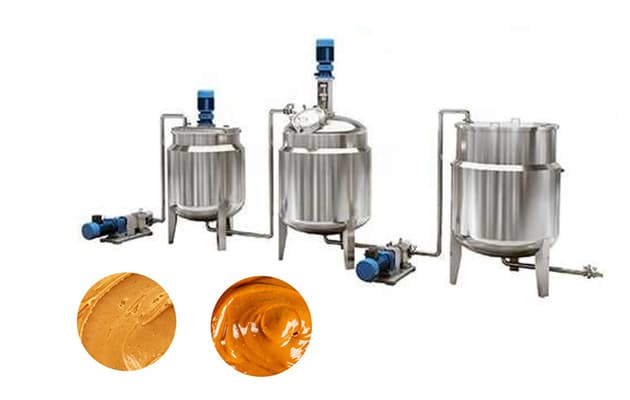
Advantages of a Full Production Line:
- كفاءة: Complete automation for mass production
- Consistency: Maintains same texture and quality in every batch
- Scalability: Easy to expand production by adding more units
- Hygiene: Enclosed systems prevent contamination
Applications Beyond Peanut Butter
These machines are not just for peanuts. You can use them for:
- Almond butter
- Cashew paste
- Tahini (sesame butter)
- Chocolate paste
- Chili paste
- Garlic paste
This flexibility makes them suitable for restaurants, food processing companies, or anyone in the nut-based product industry.
Benefits of Owning a Peanut Butter Machine
Whether you’re an individual or a company, the benefits of a peanut butter making machine are numerous:
- Freshness: Make peanut butter fresh on demand
- التخصيص: Add flavors, adjust textures
- No Additives: Control what goes in—no preservatives or extra sugar
- توفير في التكاليف: Buying nuts in bulk and grinding them is cheaper than buying retail peanut butter
- Business Opportunity: Start a small food brand, sell locally or online
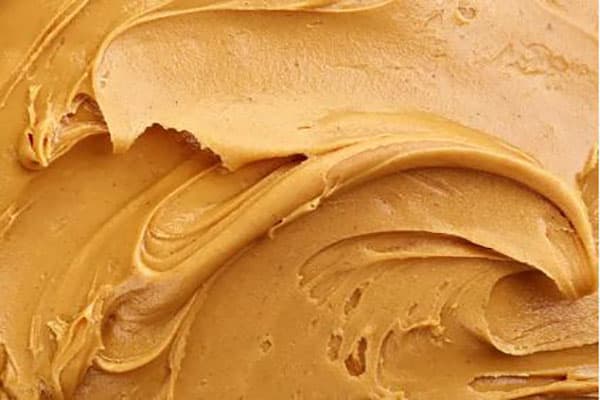
Tips for Using Peanut Butter Machines
- Use Fresh, Roasted Peanuts: Avoid using raw nuts; roasting improves flavor.
- Don’t Overload: Stick to the machine’s recommended capacity.
- Clean After Each Use: Prevents oil buildup and bacterial contamination.
- Avoid Water Contact: Unless waterproof, water can damage electric motors.
- Store Properly: Keep machines in a dry, clean space.
Buying Guide: How to Choose the Right Machine
When selecting a peanut butter making machine, ask yourself:
- What is your daily output need? (1kg or 100kg?)
- Is it for home, business, or factory use?
- Do you need it portable or fixed?
- Do you need to process only peanuts or other nuts too?
- What is your budget?
أيضًا, compare features like:
| Feature | Manual Machine | Electric Grinder | Commercial Grinder | Industrial Line |
|---|---|---|---|---|
| Output Capacity | 0.5–1 kg/hr | 5–10 kg/hr | 20–100 kg/hr | 100–1000 kg/hr |
| Texture Control | Limited | Yes | Yes | Full control |
| مادة | Food-grade SS304/316 | Food-grade SS304/316 | Food-grade SS304/316 | Food-grade SS304/316 |
| صيانة | Low | Medium | Medium | High |
| Cost Range (USD) | $30–100 | $150–500 | $1000–3000 | $10,000–100,000+ |
خاتمة
أ peanut butter making machine is more than just a kitchen gadget — it’s a gateway to fresh, healthy, and even business-ready peanut butter production. Whether you want to enjoy homemade spreads or enter the food industry, the right machine can transform your peanut butter journey. From small grinders to fully automated peanut butter production lines, there’s something for everyone.
If you need help comparing machines or setting up a production line, feel free to ask. I can also provide detailed product reviews, setup diagrams.
